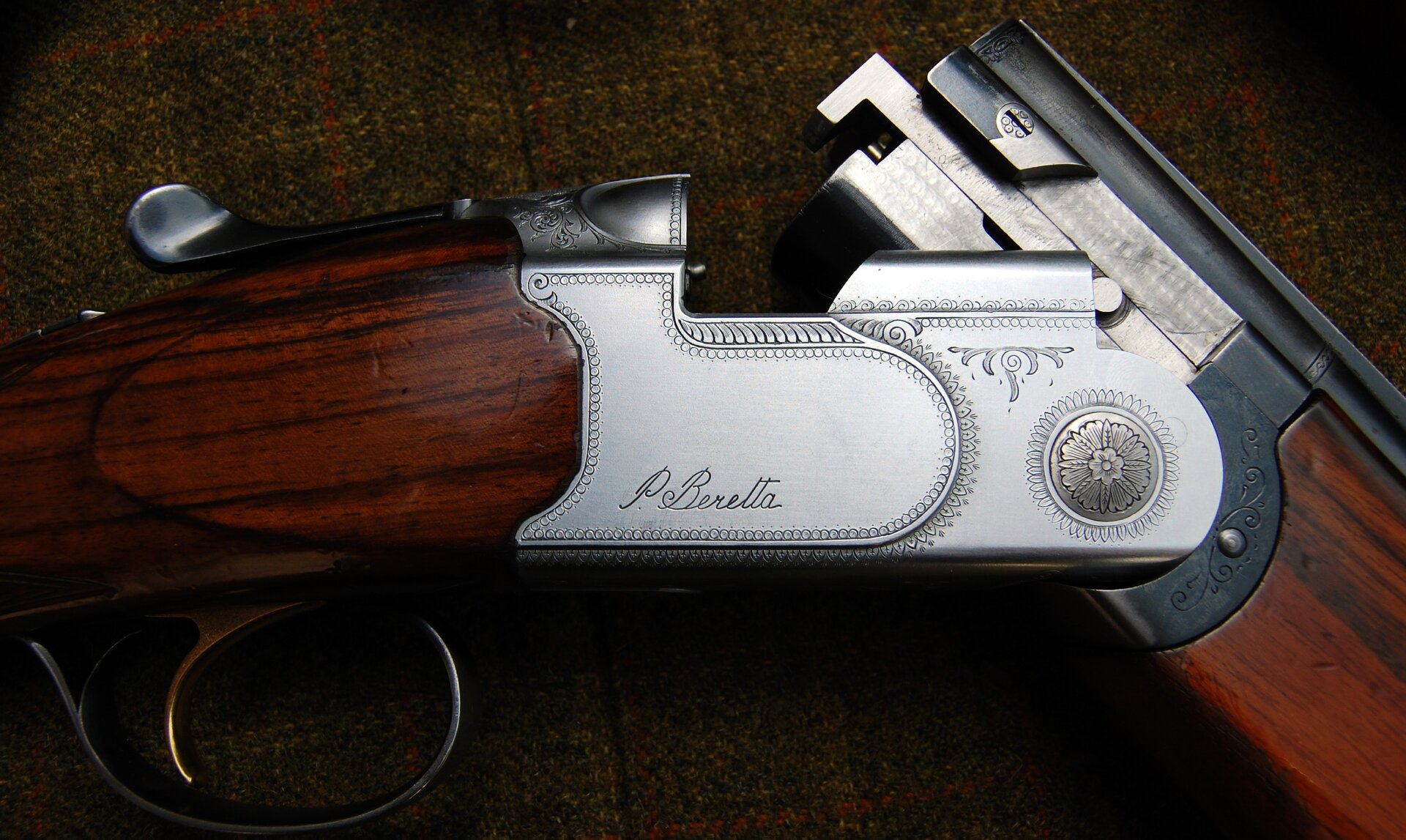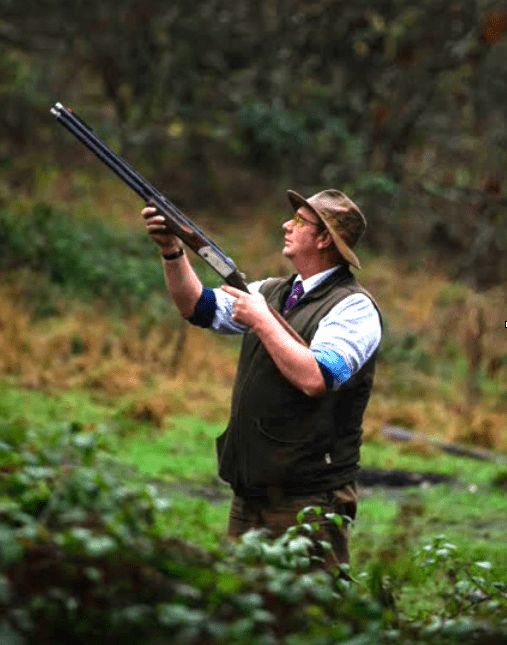Why is a shot taken precisely when it is? Fitting For Cue aims for the answers and to build favoured or preferential cues into the actual hardware of a shotgun. Shooting skills improve when there is a reliable framework on which to build success. Fitting A Gun For Cue is an important part of that framework.
How was your last shot?
Go on then, walk me through it? Your last shot I mean: How was it? Hit or miss? Was there too much of something? Or was there not quite enough? Or, hitting or missing, is there no clue at all — it just seems to work or it doesn’t.
A shooting instructor may occasionally pose the question: “What made you take the shot?” More concerned with the components of acquired technique, the instructor is working to an established method: encouraging a likely ‘best’ rote, guiding into a position where success is probable.
The gun fitters's question
The gun fitter’s question is of an entirely different nature. The question will be posed many times during the course of a fitting session. Another reason to insist that in gun fitting duly observed shooting is essential*.
Listen carefully, there’s an important distinction here: The gun-fitter asks, “Why did it seem right to take the shot?” The fitter is intentionally working through you - your senses, your judgements, your decisions. The aim, literally, is to tune your gun into the mechanics of your shooting process: your own ‘cue’ to fire.
More traditional forms of fitting can be passive: assuming to tell you what you should or shouldn’t be doing in order to shoot. Fitting a gun to a cue is to plug more directly, actively and deliberately, into what it is that makes your own shooting tick.
A successful shot has several, distinct components. Each component is fed by information - a stream of useful stuff that add up to connection with the moving target and pulling the trigger. The shotgun is not simply a means to take a shot: the shotgun is an instrument through which you make a shot.
Visual information
For most, information leading to a shot is overwhelmingly visual. You hear people talk of ‘pictures’, of ‘lead’, often in terms of perceived measurements: “At least 3 feet on that!” Or of a relative value: ‘Half the lead on that!”
When shooting is a matter of a visual relationship between gun and target, then a near-eye element of the shotgun is clearly appreciated (in soft-focus), as well as the target in sharp (distant) focus. In fitting to enhance visual cues a good deal of attention is paid to stock bend, configuration of the sighting-rib and other sighting elements.
Does it 'feel' right?
Other shooters will relate shooting in terms of what they ‘feel’. As with visual forms, such ‘kinaesthetic’ cues are an equally definable information stream - felt, assessed and acted upon to make a shot.
A shot might often be said to ‘feel’ right. Senses of ‘timing’, or apparent ‘rhythm’ are common descriptive terms for a kinaesthetic cue. There are also, invariably, various references to the importance of gun ‘swing’ (although the fitter should be cautious here, as the term means different things to different people).
Fitting to enhance kinaesthetic cues pays attention to the balance of a gun. Overall gun-weight is important, but for some the issue of relative balance, or the distribution of weight along the gun, can be a critical component of fit.
The 'swing signature'
Top performing shooters are observed to have very consistent movement to their guns at each phase of a shot — a distinctive ‘swing signature’. Swing signatures are ‘tuned’ and fitted for by understanding and enhancing kinaesthetic cues.
As the greatest of all gun writers G.T. Garwood said:
“Properly regarded, balance is bound up with movement and energy.”
Visual or kinaesthetic shooting cues?
It is convenient to group shooting cues into one camp or the other: visual or kinaesthetic. For most it is probably a combination of both, but with one overriding, or being more prominent, than the other. Good fitting distinguishes which and will advise on shotgun adjustment accordingly.
The Outlier
Lastly, in terms of shooting cues, an incredibly interesting third sub-group of shooters can be recognised in fitting. This group is quite remarkable in that there is absolutely no near-eye reference to the gun whatsoever. And by none I mean nothing: ZERO! On looking at the target the gun disappears entirely. This group of shooters are viewed in the trade as distinct ‘outliers’ and represent a significant challenge to both instructors and fitters alike.
The blanking of the gun (completely!) from the shooting process is actually a function of the brain rather than the eye for the outlier. Fitting for this group of shooters must facilitate primarily the movement of the eye relative to the target as a reliable means of generating a cue to shoot.
So which are you?
So which of these separate processes drives your own shooting and thereby your gun fitting - ‘Looker’, ‘Swinger’ or Outlier? For shooting success it’s got to be worth the effort finding out.
* “I would like it to be borne in mind that there can be no proper fitting without shooting.” Gough Thomas.
Enjoyed this post and want to know more?
Why not contact us at Glenzier Sporting. You can book a pre-gun fit assessment to establish how you shoot and if you will benefit from the full gun fitting process


